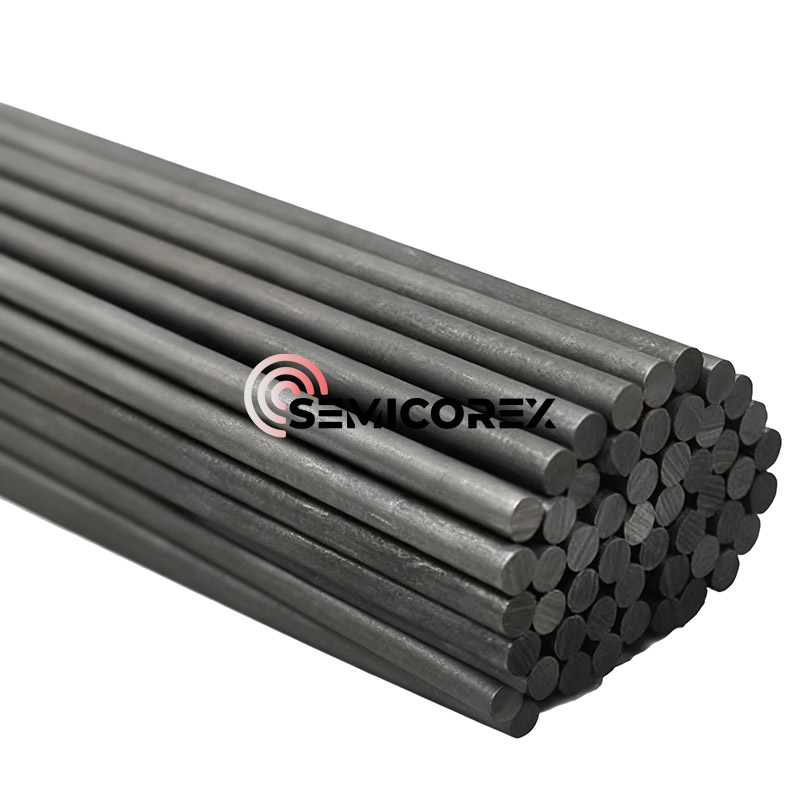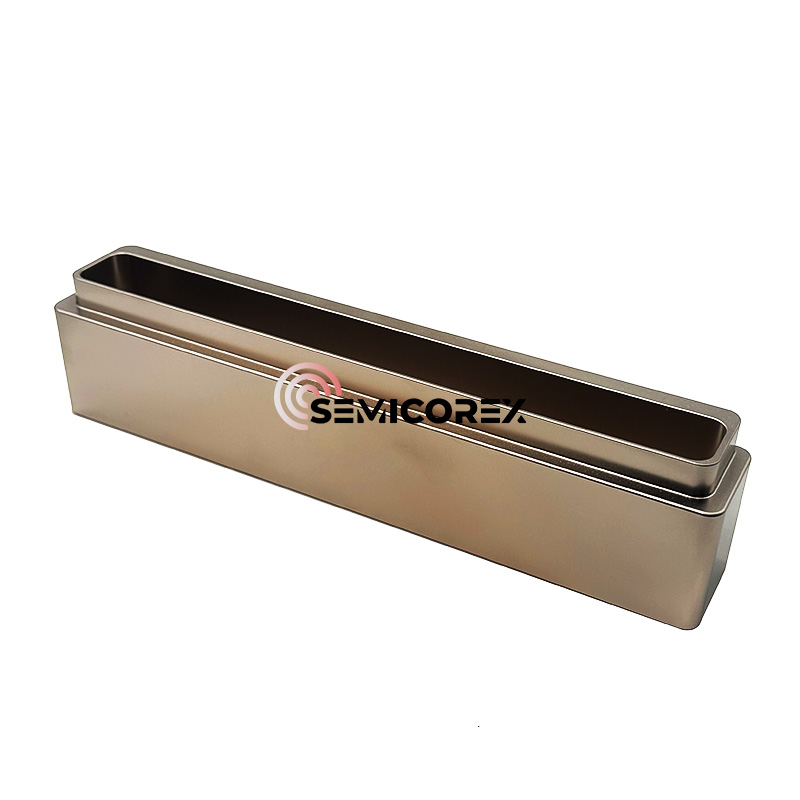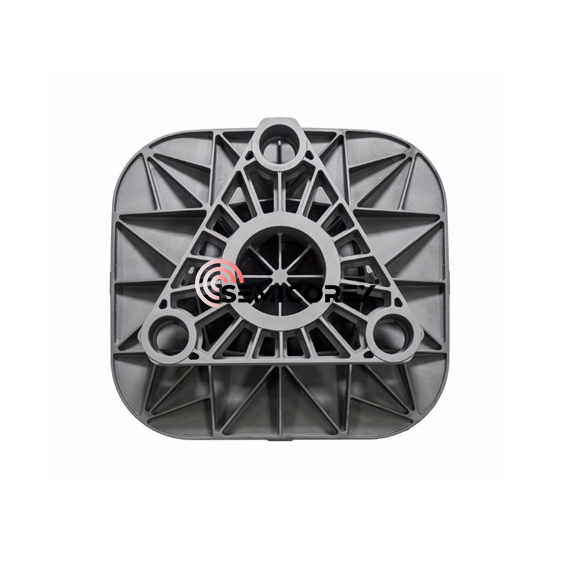
- English
- Español
- Português
- русский
- Français
- 日本語
- Deutsch
- tiếng Việt
- Italiano
- Nederlands
- ภาษาไทย
- Polski
- 한국어
- Svenska
- magyar
- Malay
- বাংলা ভাষার
- Dansk
- Suomi
- हिन्दी
- Pilipino
- Türkçe
- Gaeilge
- العربية
- Indonesia
- Norsk
- تمل
- český
- ελληνικά
- український
- Javanese
- فارسی
- தமிழ்
- తెలుగు
- नेपाली
- Burmese
- български
- ລາວ
- Latine
- Қазақша
- Euskal
- Azərbaycan
- Slovenský jazyk
- Македонски
- Lietuvos
- Eesti Keel
- Română
- Slovenski
- मराठी
- Srpski језик
High-purity Graphite Crucible
Semicorex High-purity Graphite Crucible's applications range from semiconductor manufacturing to metal casting and jewelry making, illustrating its versatility and indispensability.
Send Inquiry
Material Characteristics of High-Purity Graphite Crucible
 Structural Composition and Stability
Structural Composition and Stability
The High-purity Graphite Crucible is renowned for its exceptional high-temperature resistance and chemical inertness, making it an ideal container for melting non-ferrous metals. The structural integrity of graphite is attributed to its atomic arrangement, where carbon atoms are aligned in a hexagonal grid. This configuration bestows the crucible with remarkable chemical stability, allowing it to process and contain corrosive materials without degrading. This stability is crucial for maintaining the purity and quality of the melted materials.
Thermal Resilience and Mechanical Strength
Graphite crucibles exhibit an impressive ability to withstand extreme thermal conditions, comfortably handling hot materials while maintaining their structural shape. With a melting point of approximately 3600 °C, which surpasses that of most non-iron metals, the High-purity Graphite Crucible can endure significant temperature fluctuations without compromising its integrity. The strong intermolecular forces binding the carbon atoms contribute to the crucible’s robustness, enabling it to resist both high temperatures and physical stress.
Porosity and Chemical Inertness
In addition to its thermal properties, the High-purity Graphite Crucible is characterized by its porosity, which prevents excessive pressure build-up during the melting process. This feature, combined with its chemical inertness, makes the crucible suitable for applications involving volatile chemicals. Its capacity to remain chemically unreactive ensures that it does not contaminate the substances it contains, preserving the integrity of the experimental results or the quality of the final products.
Applications of High-Purity Graphite Crucible
Semiconductor Manufacturing
In the semiconductor industry, the High-purity Graphite Crucible plays a pivotal role in the production of silicon, a material widely used in semiconductor manufacturing. The crucible’s high-temperature resistance and chemical stability make it perfect for melting silicon, ensuring that the material retains its purity and desired properties throughout the process.
Chemical Analysis
Graphite crucibles are indispensable in chemical analysis due to their inert nature. They are ideal for producing and processing volatile chemicals, where maintaining chemical purity and stability is paramount. Their ability to withstand high temperatures without reacting with the chemicals being analyzed makes them a preferred choice in laboratory settings.
Metal Casting
The High-purity Graphite Crucible is extensively used in metal casting applications for non-ferrous metals such as gold, bronze, aluminum, and silver. Its ability to maintain stability under intense heat makes it invaluable in ensuring the metals are melted and cast efficiently, preserving their quality for various industrial and artistic applications.
Jewelry Making
In the jewelry industry, graphite crucibles are utilized for melting and molding precious metals like gold and silver. Their capacity to withstand high temperatures and their non-reactive nature ensure that the metals are melted to the required purity, allowing jewelers to craft exquisite pieces with confidence.
Laboratory Experiments
Graphite crucibles are also crucial in laboratory settings, where they are used to handle volatile chemicals and conduct high-temperature experiments. Their robustness and chemical inertness provide a safe and reliable environment for complex experimental procedures.
Enhancing Functionality with Coatings and Additives
In certain cases, High-purity Graphite Crucibles are coated with different materials to elevate their functionality. Components such as binders, antioxidants, porosity enhancers, and wetting agents are incorporated to enhance the crucible’s performance. Binders, including carbonaceous and phenolic resin types, serve to bind graphite particles, while antioxidants prevent oxidation. Porosity enhancers provide the crucible with porosity features that prevent extreme pressure build-up, and wetting agents ensure the smooth flow of melted materials within the crucible.














